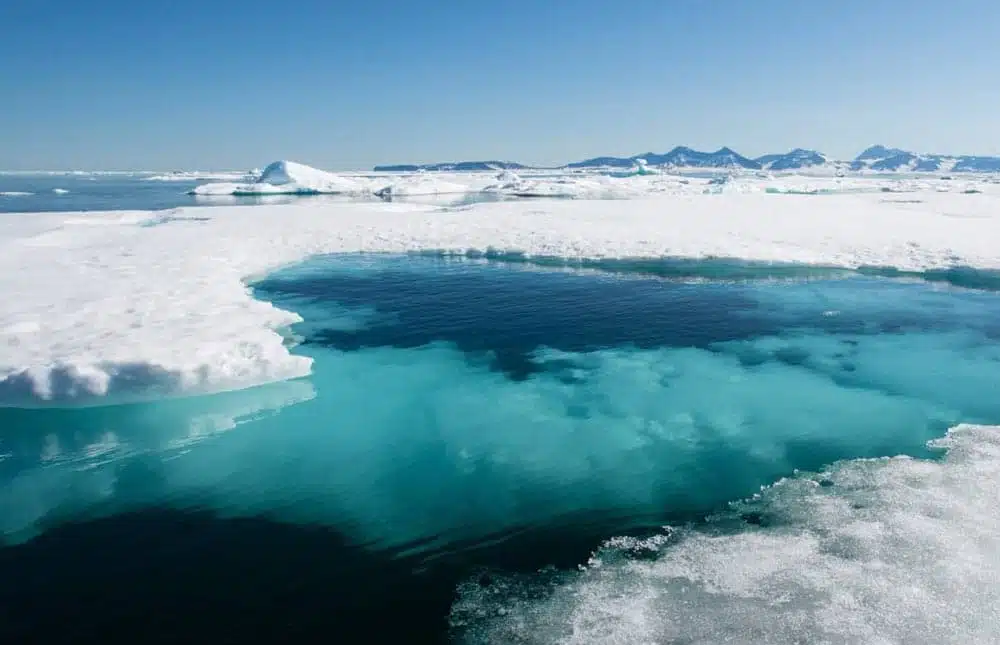Each destination offers its own unique treasures
A region as vast as the whole of Europe, the Arctic is attractive, but can be problematic for travellers preparing their exploration of the Great North. Escales provides some guidelines to help orientate you in your choice of Arctic cruise.
Where can I see polar bears?
Polar bears are the wanderers of the Arctic. There are certain specific areas where the females make their dens for birthing, but polar bears can be seen all over the place. The places where there is a greater chance of seeing them are Baffin Island, Spitzberg, north-east of Greenland and near Wrangel Island in the Chukchi Sea. They are hunted and remain fearful of humans, however, it is possible to observe them, with binoculars. It is important to remember that all wildlife watching should be carried out in accordance with the recommendations of international organisations such as AECO (the Association of Arctic Expedition Cruise Operators), which, in particular, stipulate the closest distance to which you can approach. This behavior guarantee your safety while ensuring the well-being of the animals in their environment.
Where can I see whales?
Although they can be seen in different places, the best areas to see whales in the Arctic are the North of Canada, the Baffin Sea and Spitsbergen. When sailing the Northwest Passage in the Beaufort Sea, you may have the chance to see beluga whales, as this region is home to numerous colonies of these animals. The Baffin Sea also offers plenty of opportunities to encounter whales. Isabella Bay, in the Ninginganiqy National Wildlife Area off the coast of Nunavut, is a prime bowhead whale watching site. Disko Bay on Greenland’s east coast, a natural site famous for its majestic icebergs and a truly essential place to visit, is also a great location for encountering humpbacks and other whales. The bays of Virgohamna and Magdalen off Spitsbergen in Norway are visited regularly by minke whales (or “lesser rorquals”) during the warm seasons.
Where can I meet Inuits?
Inuits are spread all over the Arctic Circle. On your first Arctic trip, meet Greenlandic people who are very warm and welcoming. Though many Greenland Inuit are now settled in Nuuk, the country’s vibrant capital, the villages along the southwest and southeast coasts of the island, with their highly colourful houses, are still very much alive. Their inhabitants manage to keep their traditions going while at the same time being very connected to the modern world. You may get the chance to take part in a Kaffeemik with them, which is a friendly and traditional way of welcoming people at which local food and drink specialities are served. The communities on the east coast are more remote and still remain highly dependent on their environment for survival. Ittoqqortoormiit, located at the mouth of the majestic Scoresby Sound, is one of the most isolated villages in Greenland and serves as the starting point for wonderful expeditions on which you get to experience the ancient way of life of the Inuits.
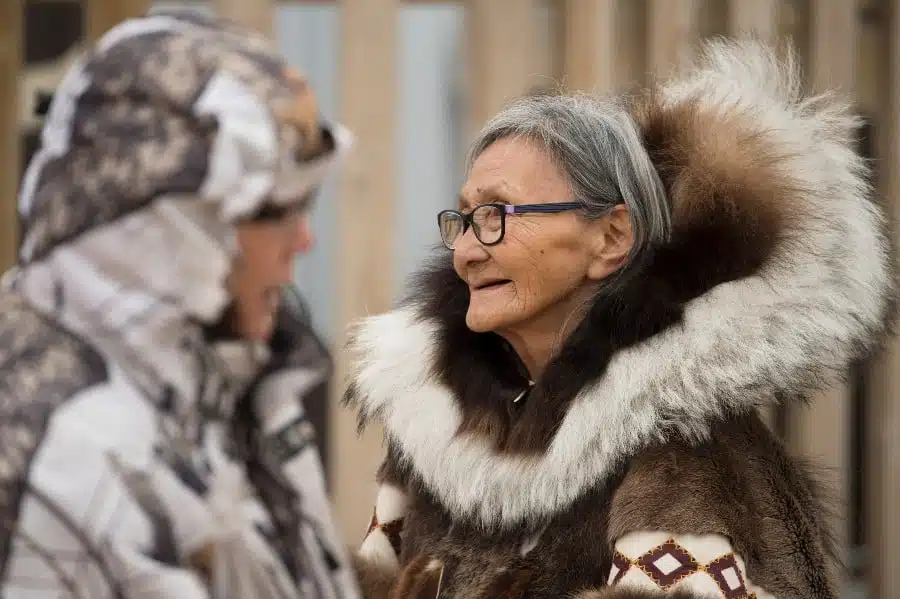
Where can I see the Northern Lights?
It’s possible to see the Northern Lights in many parts of the Arctic, especially Greenland, Lapland, Iceland, Alaska and Canada. The further north you are and the further away from any light sources, the more likely you are to have the opportunity to live this magical experience. They are there all the time, but are often very faint. It is best, therefore, to observe the Northern Lights in the darkest night skies, at the end of August or in September.
Where can I go to sail through icebergs?
Icebergs can only be found where there are glaciers. In fact, icebergs are masses of frozen freshwater which have detached from glaciers and have fallen into the water. It’s possible to see them in Spitsbergen or Greenland, in the region where the largest glaciers of the Northern hemisphere can be found. In Disko Bay, in the Ilulissat region, which literally means “icebergs” in Greenlandic, the icebergs can be up to 30 metres high and 2 km long.
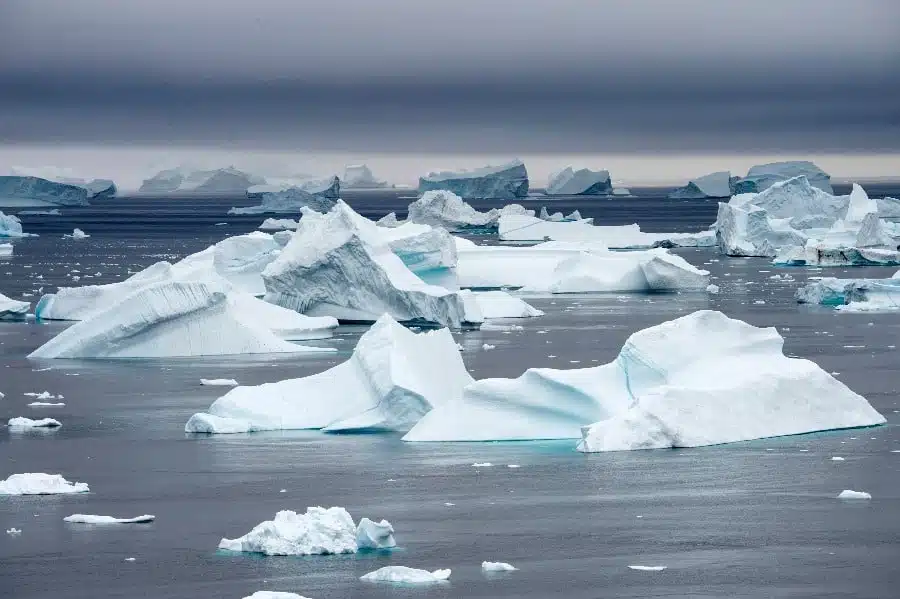
Where can I see the ice floe?
Whereas icebergs are made of freshwater, the ice floe is made up of seawater that has frozen in the winter due to extremely cold temperatures. Contrary to popular belief, it is not a homogenous environment resembling an ice rink. It is an amalgam of slabs of different sizes and thicknesses, from several centimeters to several metres. In addition, the pack ice is a rich ecosystem with landscapes that change from one hour to the next. It is home to polar bears, Arctic foxes, walruses and ivory seagulls. If you want to see them, head beyond the Arctic Circle to the highest northern latitudes, to places like northern Greenland, the Northwest Passage, northern Spitsbergen, the North Pole and the Northeast Passage.
A beautiful Greenlandic proverb says: “You can only see the beauty of the ice floe if you look with your heart”. This implies that going to the Arctic is as much about preparing the physical journey as it is about preparing for a deep personal reflection.
Where to go to sail the fjords
Contemplating the vertiginous walls of winding fjords reflected in the mirrored surface of calm, deep waters from the deck of a ship offers an exceptional moment of contemplation and a sailing experience beyond compare. The longest and most beautiful fjords in the Arctic are mainly to be found in northern Norway, Spitsbergen and Greenland. The fjords of Spitsbergen are wonderful places for seeing and observing a rich and varied range of wildlife, such as whales, walruses, seals, common eider, terns, guillemots, puffins, bears and Arctic foxes. Deep at the heart of the majestic fjords of Greenland and Spitsbergen, which divide into a multitude of branches, the sailing experience culminates with the sight of sensuously carved icebergs calved by immense and sparkingly blue-tinged glaciers.
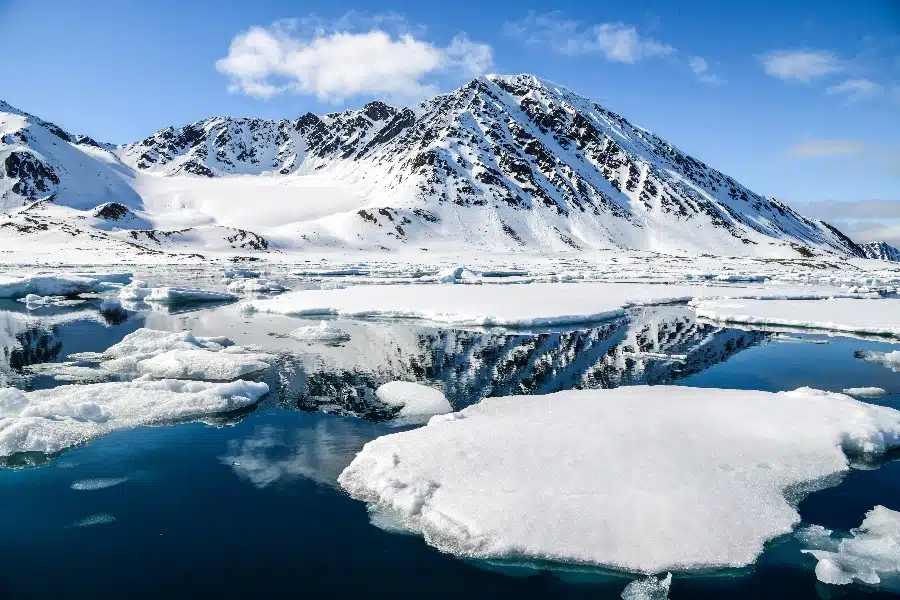
Photo credit: © iStock, © PONANT-Nicolas Dubreuil, © Studio PONANT/Olivier Blaud, © Studio PONANT/Nathalie Michel
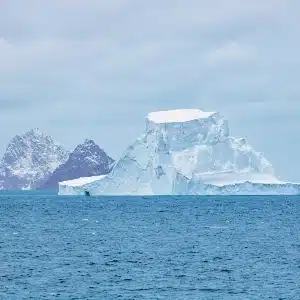
Depart for an encounter with the Far North
View our range of polar discovery expeditions to the Arctic

